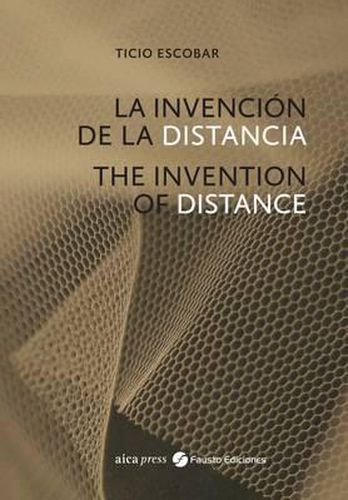Readings Newsletter
Become a Readings Member to make your shopping experience even easier.
Sign in or sign up for free!
You’re not far away from qualifying for FREE standard shipping within Australia
You’ve qualified for FREE standard shipping within Australia
The cart is loading…






For over 30 years, Paraguayan art critic and curator Ticio Escobar has been an incisive commentator on the unexpected connections between the art of indigenous peoples and contemporary art.
A prominent figure in Latin-American criticism, Escobar’s writing combines philosophical reflection with ethnographic observation. In this volume, his essays are arranged into four thematic sections and tied together by one of the writer’s most crucial ideas: the importance of distance when confronting a work of art.
Escobar has been awarded the Guggenheim Fellowship (1998) and the inaugural International Association of Art Critics Prize for Distinguished Contribution to Art Criticism (2011). His writings are collected here for the first time in both Spanish and English, reflecting AICA’s role in disseminating art criticism by critics whose writings are predominately known in their native language.
$9.00 standard shipping within Australia
FREE standard shipping within Australia for orders over $100.00
Express & International shipping calculated at checkout
For over 30 years, Paraguayan art critic and curator Ticio Escobar has been an incisive commentator on the unexpected connections between the art of indigenous peoples and contemporary art.
A prominent figure in Latin-American criticism, Escobar’s writing combines philosophical reflection with ethnographic observation. In this volume, his essays are arranged into four thematic sections and tied together by one of the writer’s most crucial ideas: the importance of distance when confronting a work of art.
Escobar has been awarded the Guggenheim Fellowship (1998) and the inaugural International Association of Art Critics Prize for Distinguished Contribution to Art Criticism (2011). His writings are collected here for the first time in both Spanish and English, reflecting AICA’s role in disseminating art criticism by critics whose writings are predominately known in their native language.